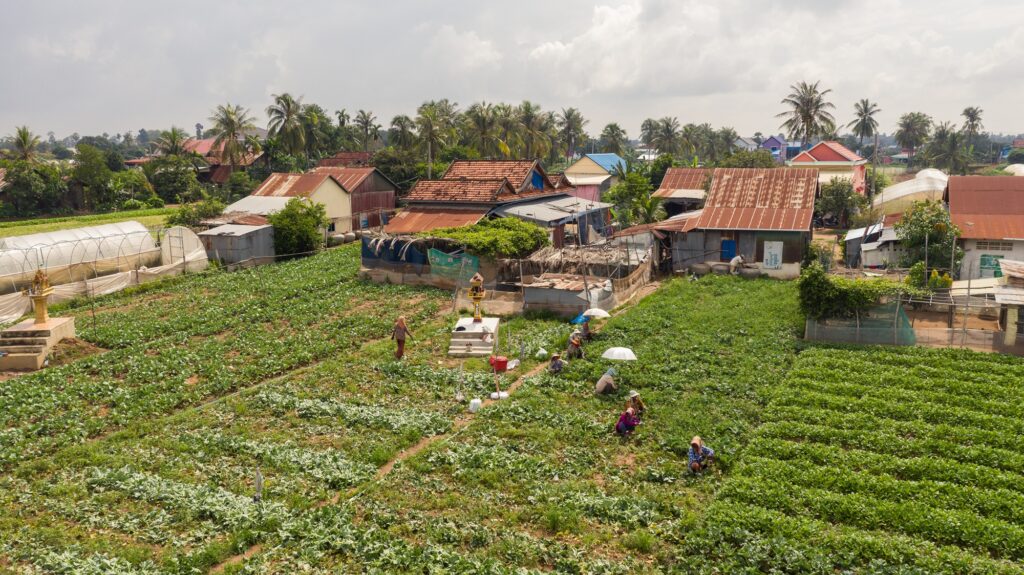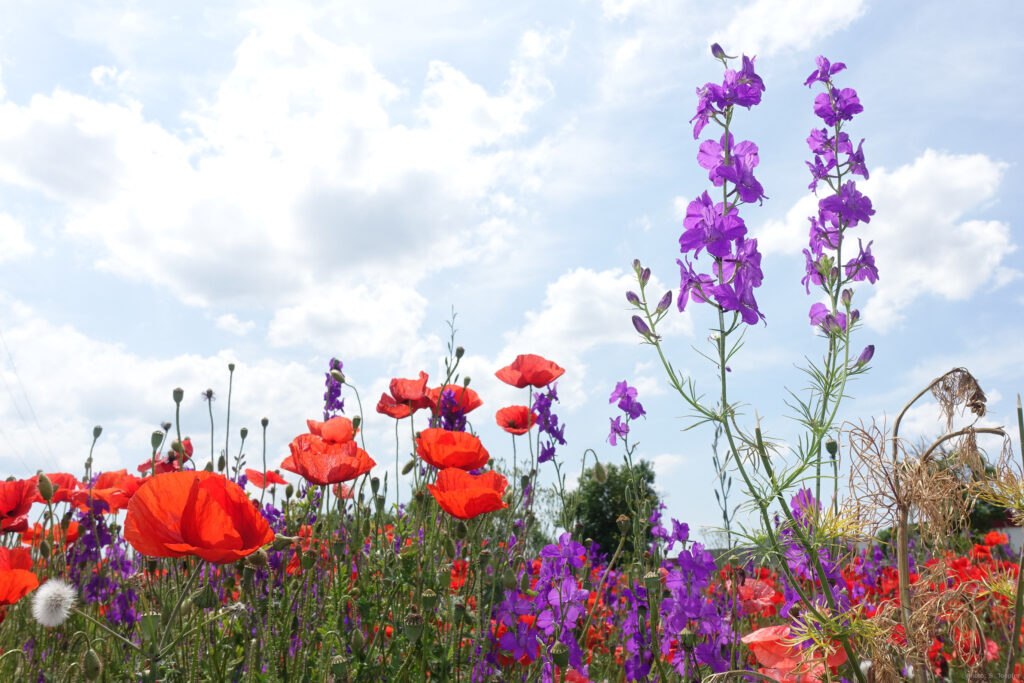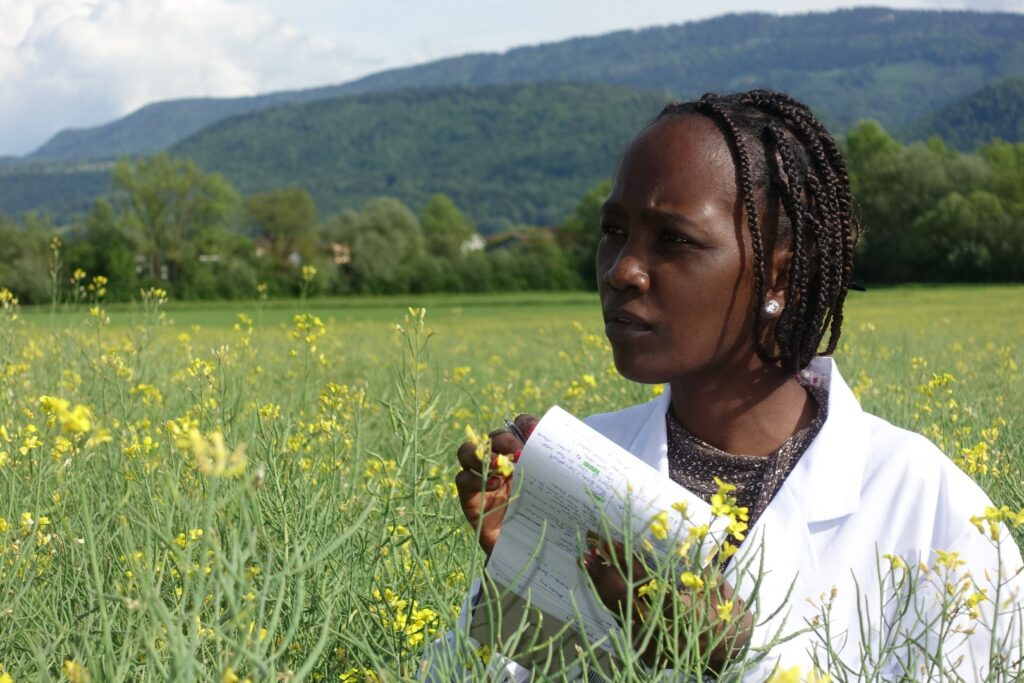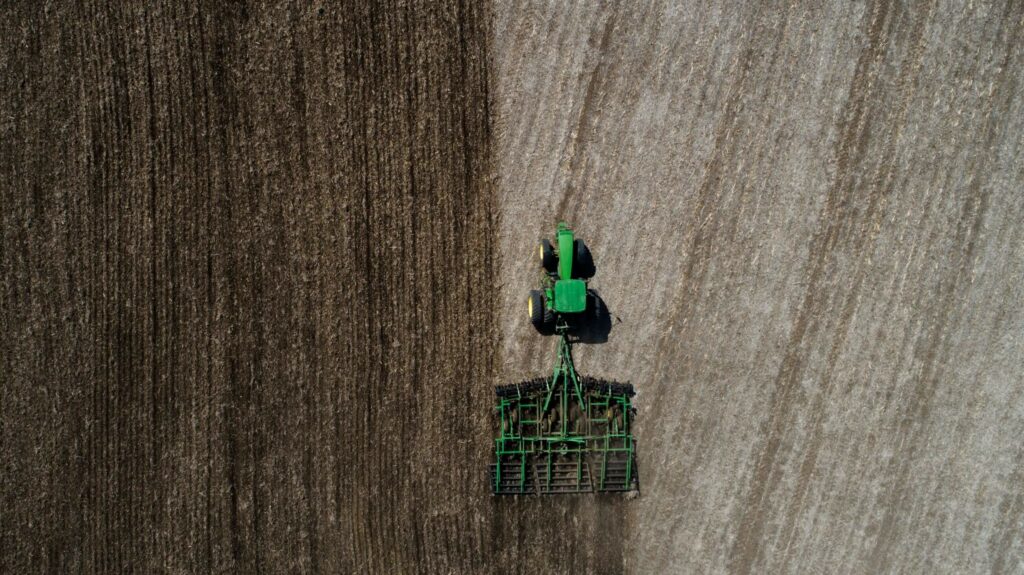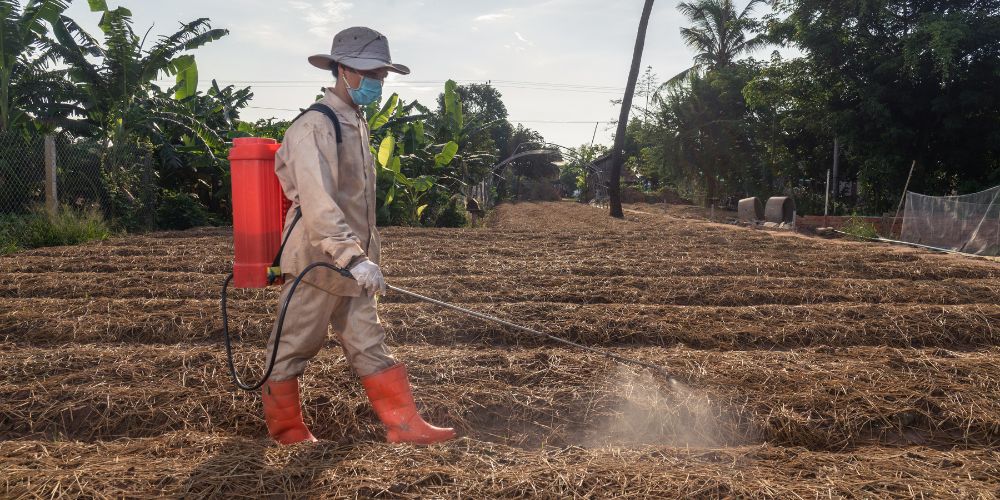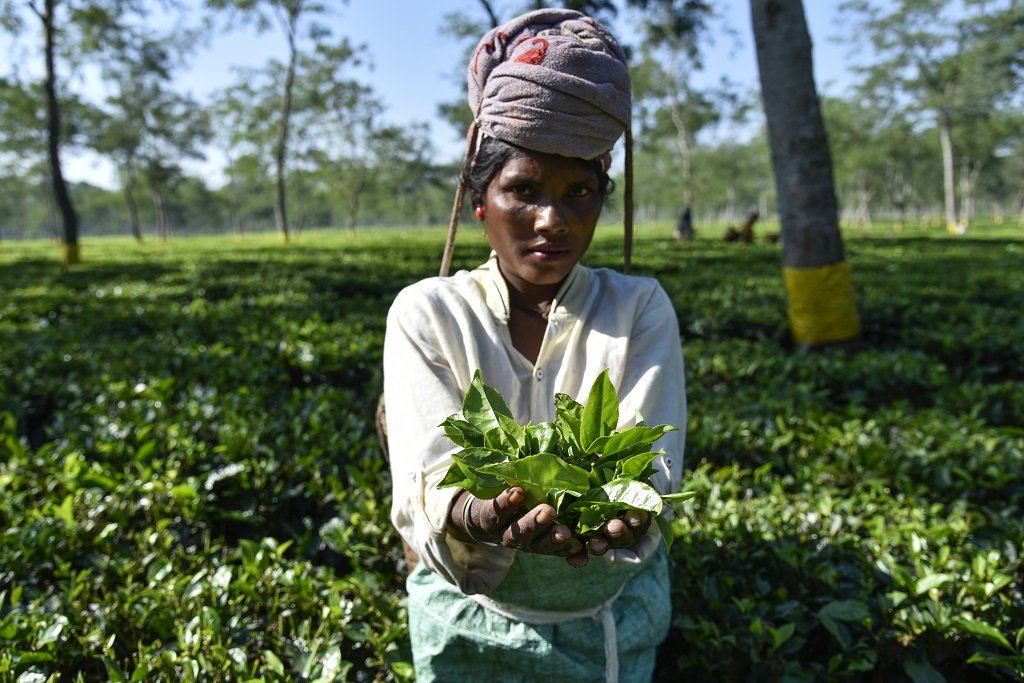What is Integrated Crop Management?
Integrated Crop Management (ICM) is a holistic and sustainable approach to farming, focusing on optimizing resources, reducing input costs and promoting long-term soil health. As such, integrated crop management enables farmers to boost crop productivity while minimizing environmental impact. In this blog post, we explore the fundamental principles of Integrated Crop Management and how it…
How climate smart agriculture can lead to ‘triple wins’ for farmers threatened by climate change
Global food consumption is predicted to increase by 51% by 2050. This is a profound challenge for our agrifood systems, which will only be made harder by the increased pressures of climate change on food security. In addition, agriculture is not just impacted by climate change; it is also a significant source of the greenhouse…
PlantwisePlus most read blogs of 2023
As 2023 draws to a close, we have tallied the numbers to present the most-read articles on the PlantwisePlus Blog this year. Plus a few firm favourites. Articles on the new PlantwisePlus tools and courses were some of the most read during 2023, as well as other blogs on key topics like one health and…
Use the Crop Sprayer app to improve your Integrated Pest Management strategy
The Crop Sprayer mobile app is the latest tool in the PlantwisePlus Toolkit. The free app helps users apply just the right amount of pesticide to treat and protect crops from pests.
Pesticides in tea: How can we manage tea pests more naturally, avoiding harmful chemicals?
On International Tea Day, we look at how we can reduce pesticides in tea. Tea is the second most widely consumed beverage in the world, after water. It’s estimated that people drink around three billion cups every day. But tea plantations are under threat from pests, and farmers must find effective ways to stop them.…
The continuing struggle for onion farmers in the Philippines
Since mid-2022, the price of the humble red onion has been increasing in the Philippines. In December of last year, the price surged to around 700 pesos ($12.80; £10.40) per kilogram. Making onions more expensive than the equivalent amount of beef for Filipinos. A staple of Philippine cooking, the country consumes approximately 17,000 metric tons…

